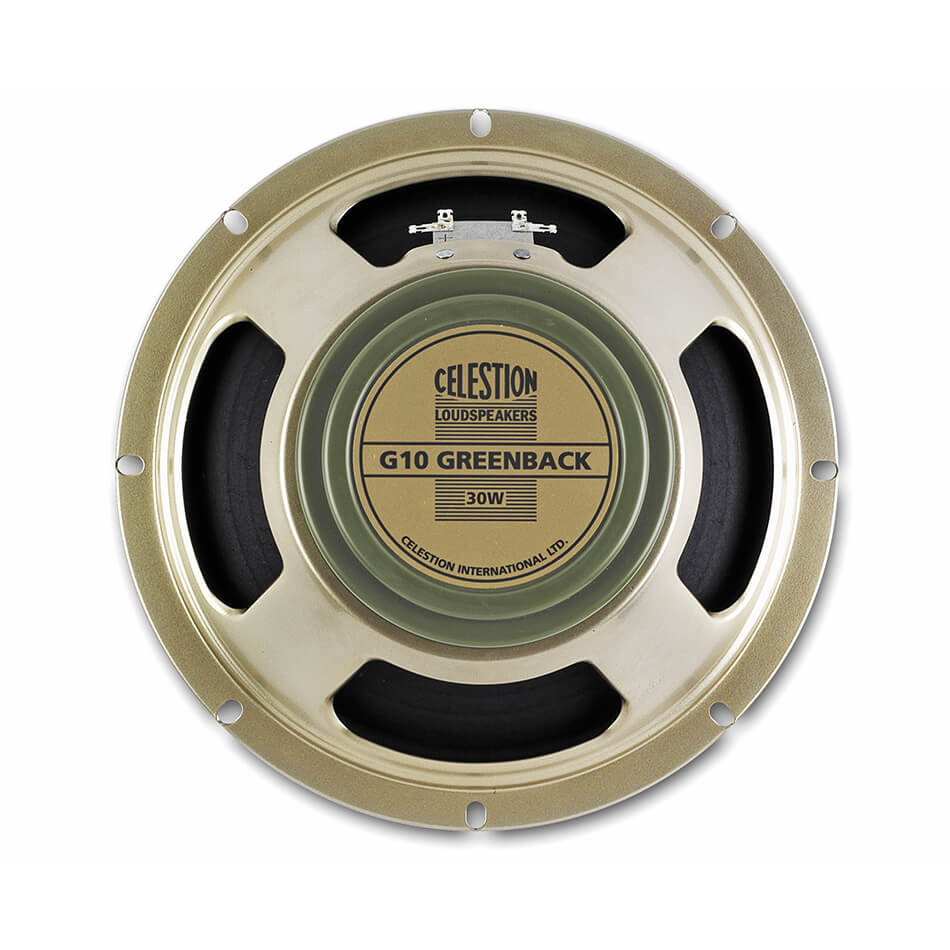Impulse responses have become the new big deal in amp emulation and plug-ins.
What is an impulse response? Well, the basic down and dirty concept is a signal gets pumped through a speaker, and at the other end, a microphone captures the signal that comes out of it. Now the speaker acts like a filter, enhancing certain frequencies, and rolling some off. Compare the signal that goes in, to the signal that comes out, and that’s the profile (or response) of the speaker.
So, with a lot of amp simulator plug-ins, the speaker section allows 3rd-party Impulse Responses — like the ones we got to try out from Celestion. We were using the Ampfire plug-in that is included with PreSonus’ Studio One 4. There are more advanced amp/speaker sim plug-ins, from other manufacturers, but we figured we would start with a simple version. Celestion made their library available to us, and it’s an expansive one at that. Consider that Celestion pretty much defined the guitar speaker, from the Blue that defined the Vox AC tone, to the Greenback that made Marshall the sound of rock. There are too many variants to list individually, just like Celestion’s physical speaker lineup. But there are a lot, varying from sweet to classic to modern.
There are a few purchasing options: a complete collection of one particular speaker for $29.99, with open and closed back 1×12, 2×12, as well as closed back 4×12. Individual versions can be purchased for $11.99, but the complete collection offers up a savings of about 50%.
Each IR comes with versions at commonly used sample rates, and have even further versions with high and low gain modes, as well as in mono and stereo. Microphones have also been included, so if you want to have a Greenback in a closed back 4×12, with a Royer 121, Neumann TL107, Sennheiser 421 or the tried and true SM57, it’s all available. It goes deeper down the rabbit hole, with Balanced, Bright, Dark, Fat, Rear and Thin versions, as well. This means less relying on external EQ’s to dial in the desired version. Overall the sounds are excellent, with plenty of depth and articulation that usually only comes from a true mic’d up cabinet.
Running in these IR’s, in lieu of using the stock speaker version in our plug-in, was as simple as dragging and dropping them into the DAW. It was quite amazing seeing how each speaker has its own individual tonal response. We have had a lot of experience mic’ing up classic Marshall cabs, and this solved the usual mic placement and location tweaking of the cabinet in the room. It brings in the possibility of mixing and matching head and cabs that would probably be unreasonably expensive, and impractical, to a unique reality. How about a Vox AC style amp, with a closed back 4×12 running Celestion’s Gold speakers, with a Royer Ribbon mic? Done.
For users running more commonly used amp sim plug-ins, this gives the opportunity to create truly unique tones in the box, without a lot of effort. Try to calculate the cost of all of the options for just one speaker and it’s mind boggling getting the best versions of the amazing selections that come in just one $29 package. Highly recommended.
PROS
Great sounds, plenty of options and variants, well priced.
CONS:
None.
STREET PRICE:
Individual speaker IR’s Start at $11.99, with complete packages at $29.99.
